The Movie Secretariat
It was my pleasure to have the opportunity to go to a screening of Disney’s new movie, “Secretariat“. Keeping in mind that I am not at all a fan of horse racing, I have to…
Posts and Articles of topics related to time relevant, political and social issues, and those which are involved in media-covered events.
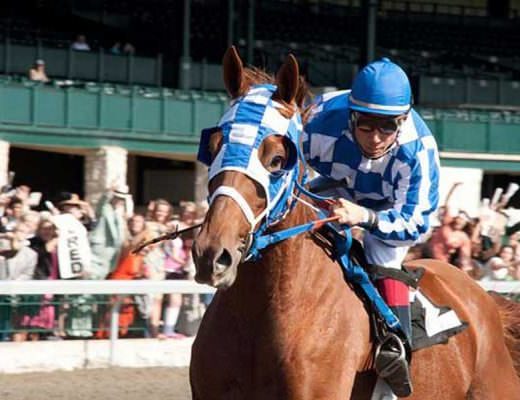
It was my pleasure to have the opportunity to go to a screening of Disney’s new movie, “Secretariat“. Keeping in mind that I am not at all a fan of horse racing, I have to…

Yes, American-based slaughter plants have been closed and horse slaughter ruled illegal in the states. But… horses are still being sold to kill buyers in the US and then transported across the border to both Canada and Mexico where horse slaughter continues. And… the same issues exist in those plants as did American plants of inhumane slaughter practices.
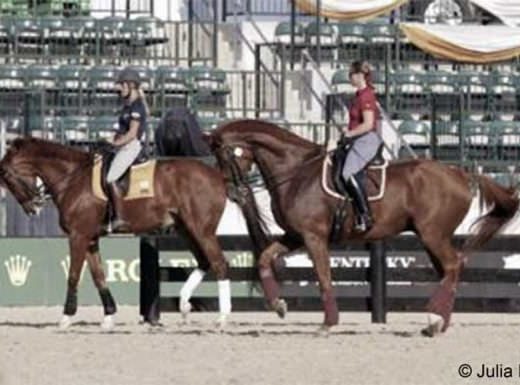
Despite the FEI’s ruling that Rollkur is a banned practice, and instead has favored the use of LDR (Low, Deep, Round), there is plenty of evidence to the contrary that hyperflexion is a norm for competitors. The World Equestrian Games, hosted in Kentucky this year is already proving the perfect grounds to spot the practice in person.
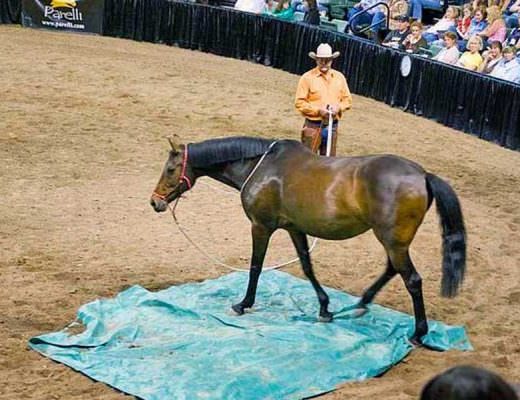
Pat Parelli recently ruffled feathers when he presented a demonstration at the Royal Festival of the Horse in England while working with the eventer Robert Whittaker’s horse Catwalk. Apparently it was offensive enough to cause people to walk out in disgust, as well as confront Parelli directly and post video on Youtube. That isn’t the whole of the problems Parelli may be facing however.
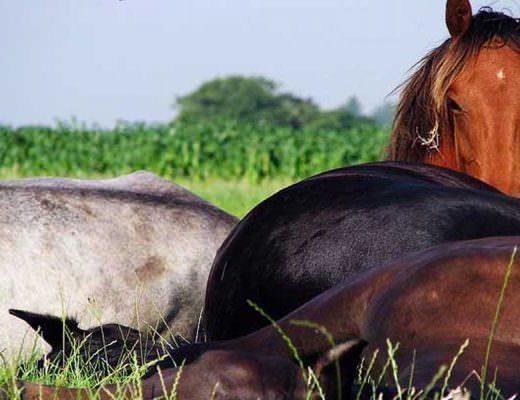
There are promotional videos explaining the benefits and application of EndoTapping, but I thought perhaps I would give some input from the position of a Massage Therapist on how EndoTapping affects the horse and why it is effective.
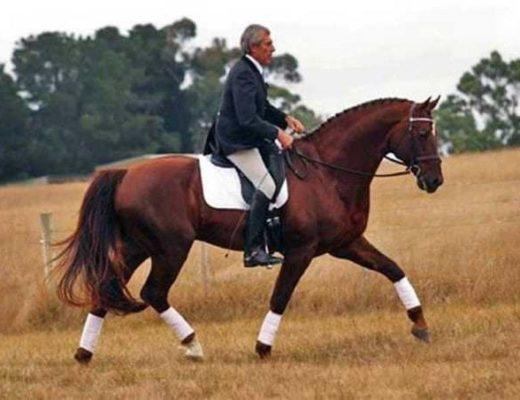
Despite my initial “wow, I like this guy” reaction to seeing photos of him riding, reading about clinic experiences and even tracking down videos of him riding and working horses at clinics, I haven’t been able to dig up enough dirt to discredit my positive thoughts about this man. Unusual, I know.
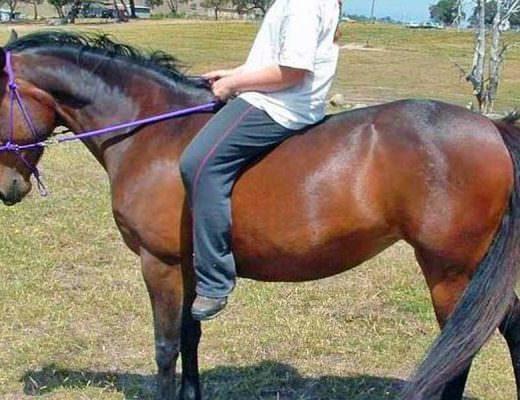
One of the most difficult things for a rider to learn is how to use their hands properly. Wait, no. Let me restate that. THE most difficult thing for a rider to learn is how to use their hands properly. Why you may ask.. because the hands are connected to the wrist bone, the wrist bone is connected to the arm bone… and so on right down to your ten little piggies and the hair on your chinny chin chin.
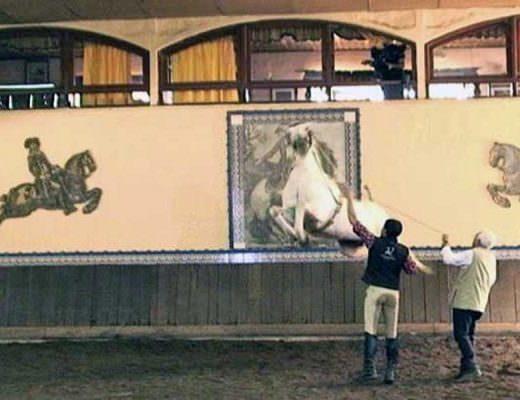
What I found fascinating in particular was the history lesson on the Lusitano breed, how it came to be developed in the manner it has (with bulls, etc) as well as how he contrasts their speed/flexibility to other breeds and what that means in their training and handling.
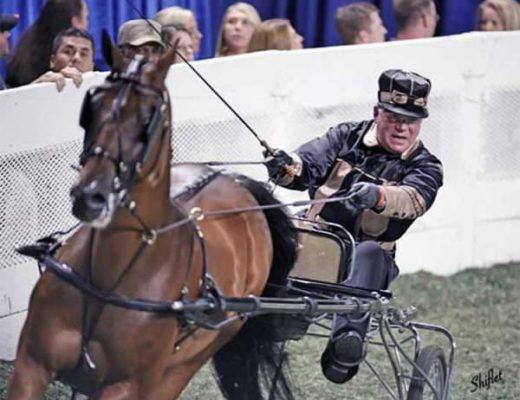
I’m not sure if it is common knowledge that actor William Shatner, known best for his role in Star Trek and as the Priceline.com Price Defender, is also an avid horseman. I happened upon this interesting article just today that goes into detail about how Shatner came to acting at an early age, grew, stalled, resurged and so on.
Click to read “The Many Iterations of William Shatner” on the NY Times website.
And just for fun, one of my favorite roles Shatner was cast in…
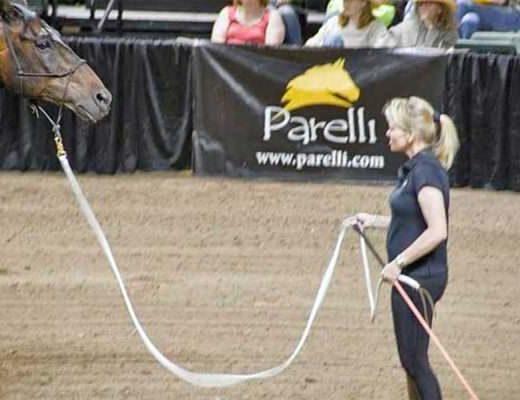
I hadn’t thought about the Parelli’s beyond a passing thought for some time, and it was only after being sent this video that my mind began perusing through those old feelings and finally able to put them into words.
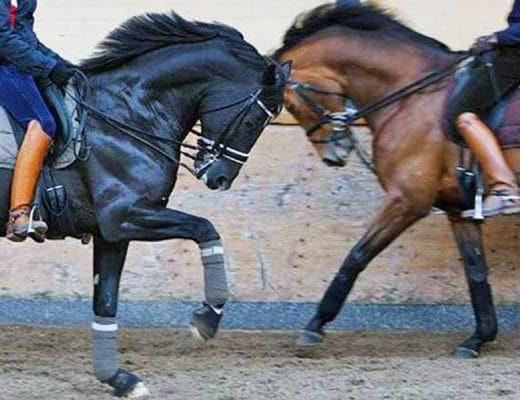
You can find it in jumpers, hunters, western riders, english riders, saddleseat, hunt, etc. While it is more prevalent in some disciplines over others the truth of the matter is that the majority of equestrians believe that control of the horse is gained largely by manipulating the neck. Yes, control can be had in this way but it is also mistakenly referred to as building a relationship, communication, a partnership, etc. Plain and simple it is a physical way to control the horse and avoiding communication and removing choice from the horse’s options.
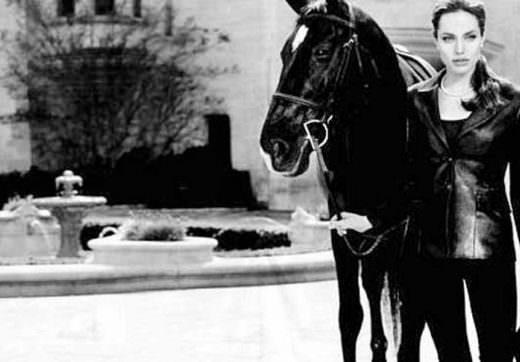
Did I miss out on the learning curve of how to drop names? I did lead a rather ‘disconnected’ adolescents in which much of the traditional social webbing that many equestrians develop was lost on me.
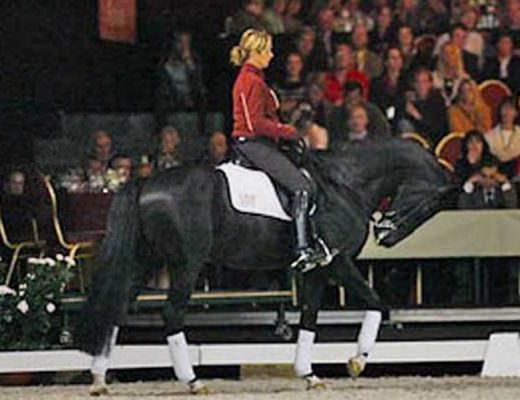
It’s easy to talk about Rollkur from a distant point of view – perhaps not with a clear-cut opinion, but certainly a disjointed and ‘objective’ one. What isn’t easy is to address Rollkur when you’ve seen the effect it has; not on the horses who are succeeding and making money for their international-celebrity riders but, rather, on the horses who didn’t make the cut.

Rollkur has been an issue written about on this blog fairly regularly, but until now there hasn’t been a clearly demonstrating video available to show a ‘professional’ using Rollkur in a competition setting for more than a brief period of time. Until now.

I know that my own thoughts on the issue have been very… bland? I would like to believe that this was solely because of the amount of conflicting information being presented on all sides, mixed in a bit with my ability to reason an understanding (though not necessarily agreement) of all parties involved.
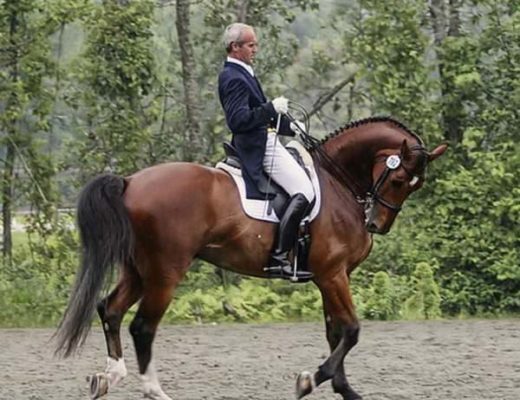
What are your thoughts? Do you believe that Rollkur’s continued use is driven by success, fame, money? Are there elite equestrians you believe are using Rollkur to train but have not gained as much publicity as Anky Van Grunsven and Isabell Werth? What about Rollkur do you find appealing or repulsive?
The answer to this question may be more tricky. The individual motivations I cannot say, but I would be willing to guess that the amount of money involved in high level equestrian sports is enough to motivate a large number of individuals to using whatever legal tactics necessary to win. For example…